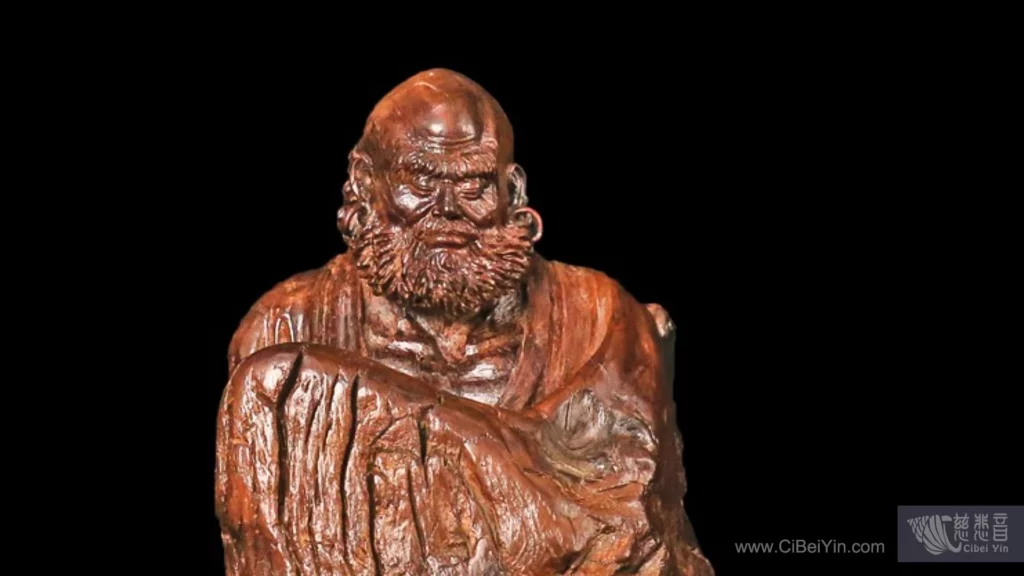Bodhidharma was originally the twenty-eighth patriarch of Buddhism in India. He is regarded as the founder of Chan Buddhism in China.
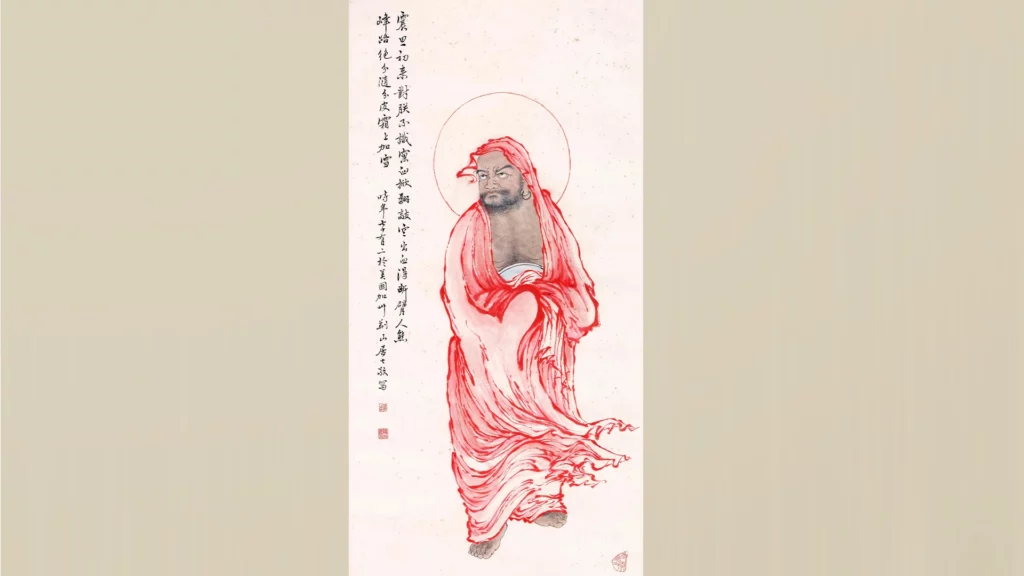
Sailing to China on Prajnatara’s Order
Bodhidharma was born a prince in today’s South India as the third son of King Pallava. He achieved enlightenment at a very young age under the tutelage of Prajnatara, the twenty-seventh patriarch of Indian Buddhism. Before his passing, Prajnatara left Bodhidharma a message: At the right time, his successor would travel to China to spread the teachings of Buddhism, and he also foresaw the flourishing of Buddhism in China.
Bodhidharma set sail to China at the beginning of the 6th century during the Northern and Southern dynasties. At that time, Northern China was occupied by the Wei empire, while the South was under the rule of the Liang empire. Emperor Wu of the Liang empire, a practitioner of Buddhism, invited Bodhidharma to meet for a conversation, which did not end well. Bodhidharma then left the Liang empire and traveled north to the Wei empire.
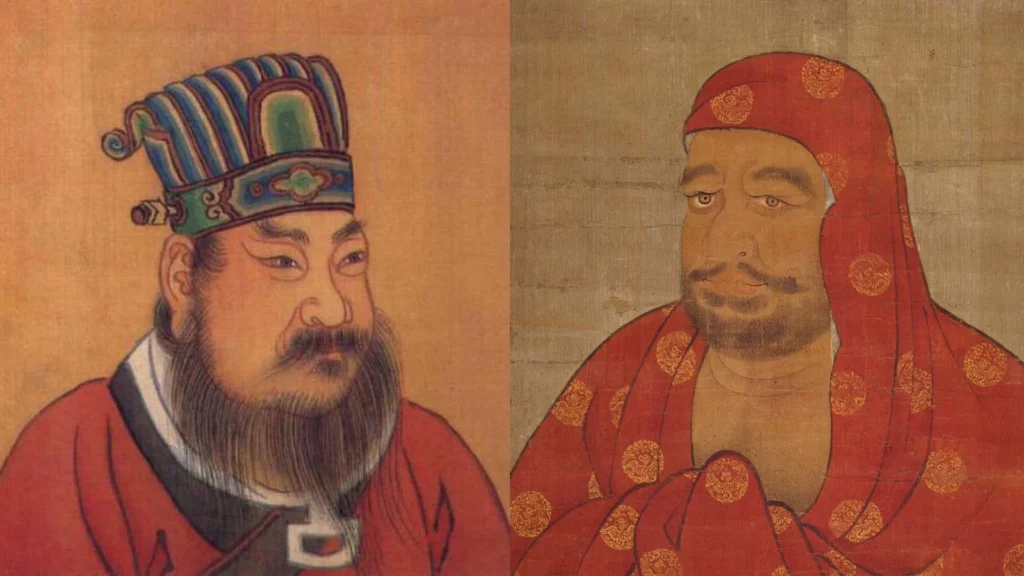
Wall-Gazing and Enlightenment
His conversation with Emperor Wu made him realize that more practices were inevitable in order to integrate the Buddhist teachings from India into China. As such, he traveled north and ended up in a monastery in Luoyang, where he spent nine years practicing in a cave nearby by staring at the cave walls.
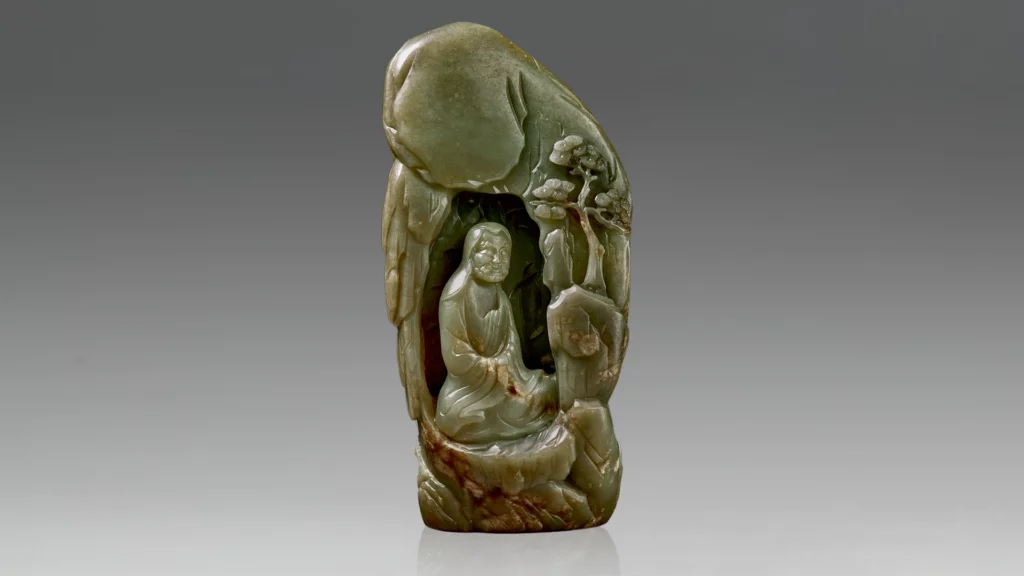
It was in that cave that Bodhidharma became enlightened with respect to how Chan Buddhism in China should be; he would spread his own “description-less, state of mind-oriented” Buddhist teachings. Bodhidharma believed that it was not through studying the words of the sutras or mantras that people became enlightened; by cultivating the right state of mind through meditation practices, everyone could achieve enlightenment and become a buddha. This idea marked the beginning of Chan Buddhism in China. Later, Bodhidharma passed his mantle to Huike, his disciple who succeeded him as the second patriarch; then, he started traveling around to provide spontaneous Buddhist teachings.
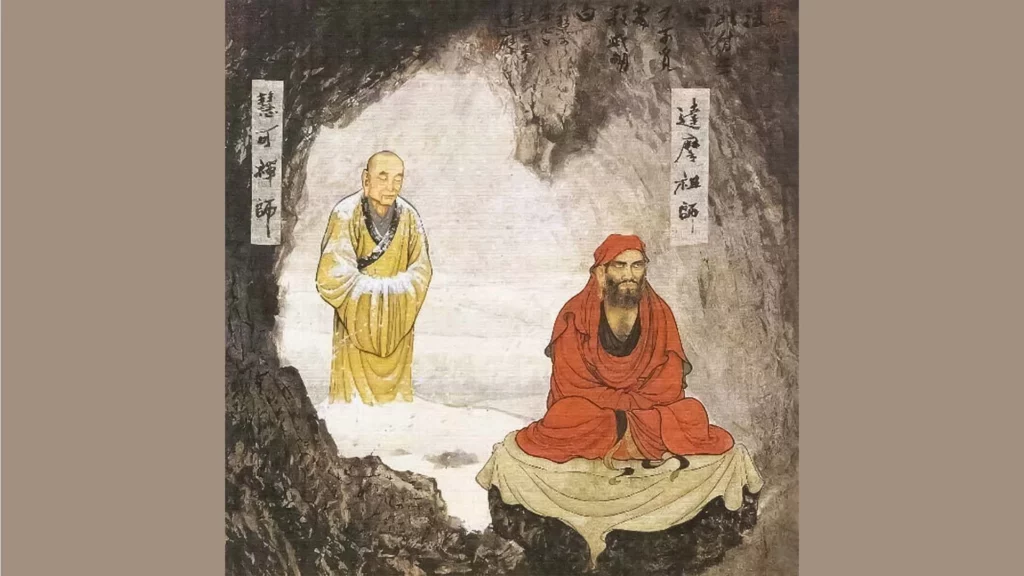
His Passing and the Mystery of the Straw Sandals
As his teachings flourished, he attracted rivals who wanted him dead. Attempts were made on his life; he was poisoned a total of five times. After the last poisoning attempt, Bodhidharma appointed Huike as his successor. He passed away at the age of 150.
There are historical records stating that three years after his passing, Bodhidharma was seen; an emissary from the northern Wei Empire encountered him and asked about his destination. With a straw sandal attached to his staff, Bodhidharma replied, “To the Western Pure Land.” The emissary then reported back to the emperor, who ordered an examination of the coffin of Bodhidharma and found nothing but a straw sandal in it.
What is the truth about Bodhidharma’s passing? What do the straw sandal attached to his staff and the other in his coffin imply? These are some mysteries left behind by Bodhidharma.

